Medical staff at Tran Phu Primary School (Thanh Hoa City) take care of the health of the school's students.
Tran Phu Primary School (Thanh Hoa City) has been recognized as a national standard school for many years. Currently, the school has more than 1,000 students of all grades, with 70% of students having semi-boarding meals. In recent years, although there is no school health staff, due to the urgency of daily health activities and the large number of students having semi-boarding meals, the school has had to balance its own savings to contract health staff. However, due to the unstable salary, the school's health staff also changes from year to year.
Teacher Nguyen Thi Mai, Principal of Tran Phu Primary School, said: Along with teaching and learning activities, the school pays special attention to health care work. In addition to coordinating with the ward health station to periodically check the health of students every year and organize deworming medicine for them, the school also promotes health education communication through weekly flag-raising ceremonies and on teacher groups, so that teachers can convey the content to students.
However, due to the lack of school health workers, the school's health activities also face certain difficulties. The school's wish is to soon have a school health worker to take charge of tasks such as health care, first aid, disease prevention propaganda as well as food hygiene and safety inspection of the boarding kitchen... Currently, the school has contracted 1 health worker but it is difficult to "retain" him for a long time because the funding to pay for this employee is limited.
This is also the situation of many schools in Thanh Hoa City and many other localities in the province. Due to the lack of medical staff, most schools have to contract or assign teachers to teach core subjects, team leaders, equipment staff, laboratories... to concurrently hold the position of school medical staff.
According to a part-time medical staff at a secondary school in Ha Trung district, due to lack of medical expertise, many times when dealing with students who are unusually ill or have accidents or injuries, they are confused. Meanwhile, the tasks of school health workers are also numerous, from advising the school on developing plans and organizing implementation; monitoring and periodically examining students' health, to propagating disease prevention and control in schools... If they focus on doing all these tasks, it will affect the task of managing equipment and experiments.
According to regulations, school health workers perform many tasks at the same time. Every day, they must be on duty at school in case students have accidents or injuries. For boarding schools, health workers must arrive early to receive, check food, and save samples... In addition, they must also monitor the health, growth charts, and BMI of students to develop and change plans to ensure appropriate nutrition, monitor school environmental hygiene, prevent epidemics, school diseases, and school violence, detect some diseases in students to handle and transfer them to medical facilities according to regulations; advise students, teachers, parents, or guardians of students on issues related to illness, physical and mental development of students...
Many people believe that such a large workload requires specialized personnel. However, according to statistics from the relevant authorities, out of more than 2,000 schools at all levels in the province, only about 10% of schools have medical staff with intermediate medical qualifications or higher, the rest are part-time staff, causing many difficulties in medical work at educational institutions in the province.
In reality, school health activities are not simply first aid but also organizing and implementing health education communication activities, implementing disease prevention and control programs for students in schools, building a reasonable nutritional framework, contributing to improving the health and spirit of students.
It is known that every year, the Department of Education and Training coordinates with relevant agencies to organize training courses to improve the capacity of school health workers. For example, in 2023, 600 students from educational institutions in the province participated in training; in 2024, 619 students participated, of which 185 were from preschool level, 186 were from primary level, and 248 were from secondary and high school levels. However, this is only a temporary solution. In the long term, there needs to be synchronous investment and the cooperation of all levels and sectors. In particular, local authorities and relevant agencies need to pay attention to supplementing the quota of specialized health workers for schools. The health sector also needs to provide better support to schools, from professional training for health workers to providing medicines, equipment, and medical instruments, so that students can enjoy their rights, thereby contributing to the best physical and mental care for the country's future generations.
Article and photos: Le Phong
Source: https://baothanhhoa.vn/chu-trong-hoat-dong-nbsp-y-te-hoc-duong-244736.htm


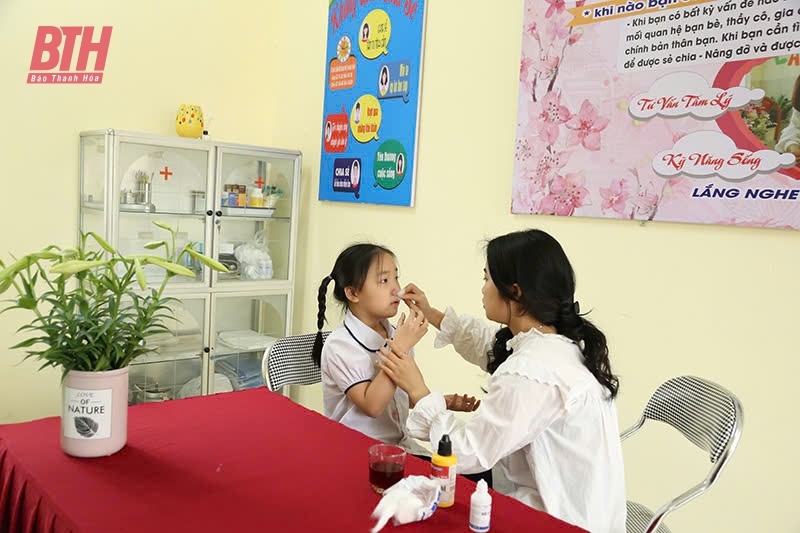

![[Photo] Phuc Tho mulberry season – Sweet fruit from green agriculture](https://vstatic.vietnam.vn/vietnam/resource/IMAGE/2025/4/10/1710a51d63c84a5a92de1b9b4caaf3e5)

![[Photo] Unique folk games at Chuong Village Festival](https://vstatic.vietnam.vn/vietnam/resource/IMAGE/2025/4/10/cff805a06fdd443b9474c017f98075a4)
![[Photo] Prime Minister Pham Minh Chinh chairs meeting to discuss tax solutions for Vietnam's import and export goods](https://vstatic.vietnam.vn/vietnam/resource/IMAGE/2025/4/10/19b9ed81ca2940b79fb8a0b9ccef539a)



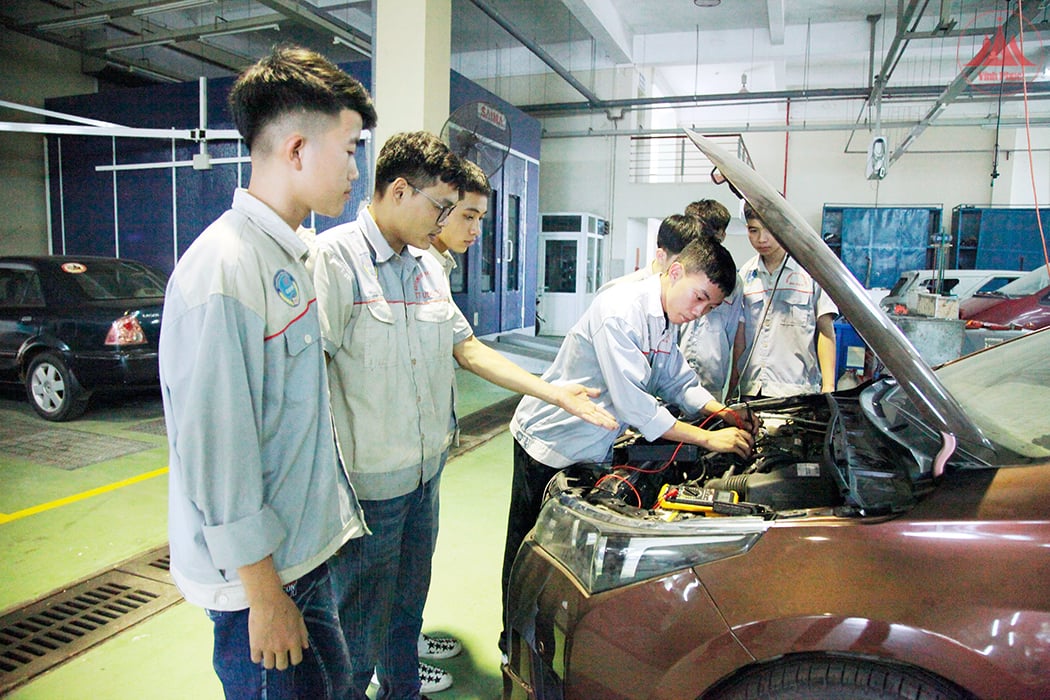

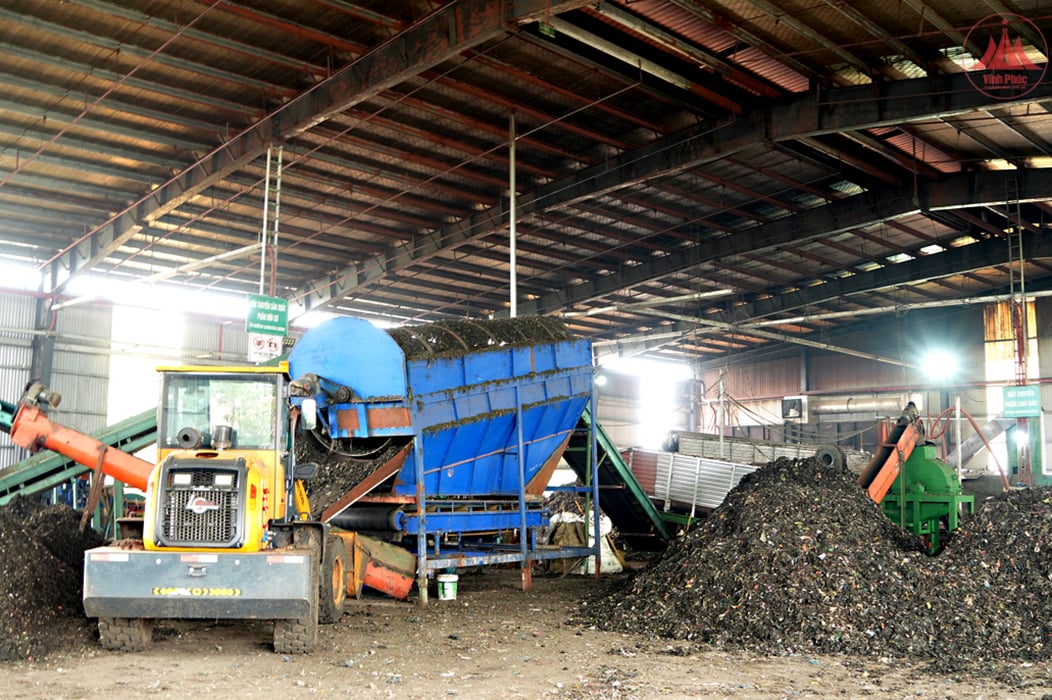
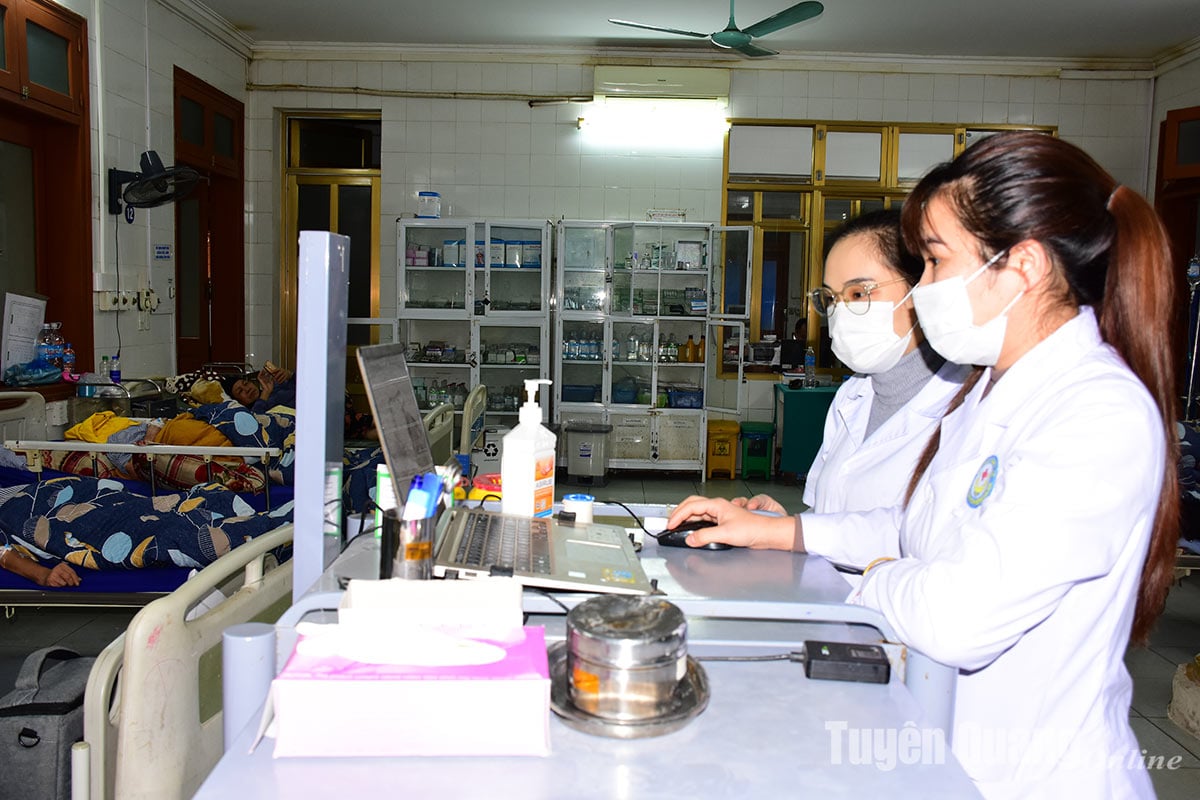





























































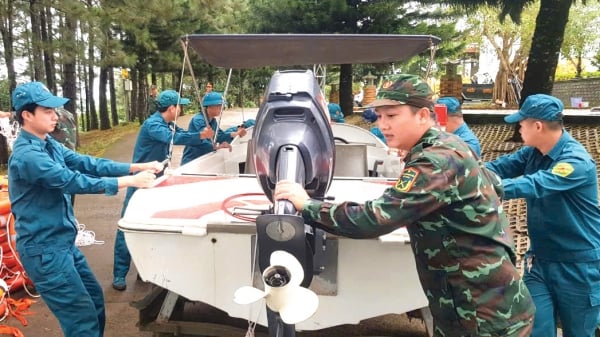
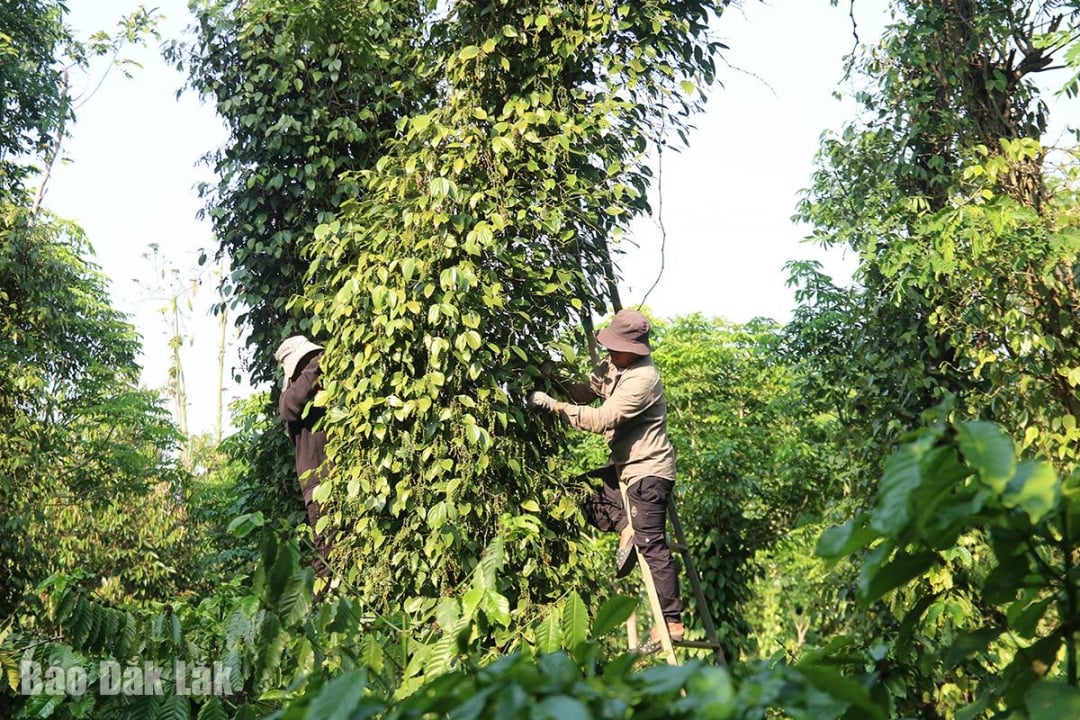





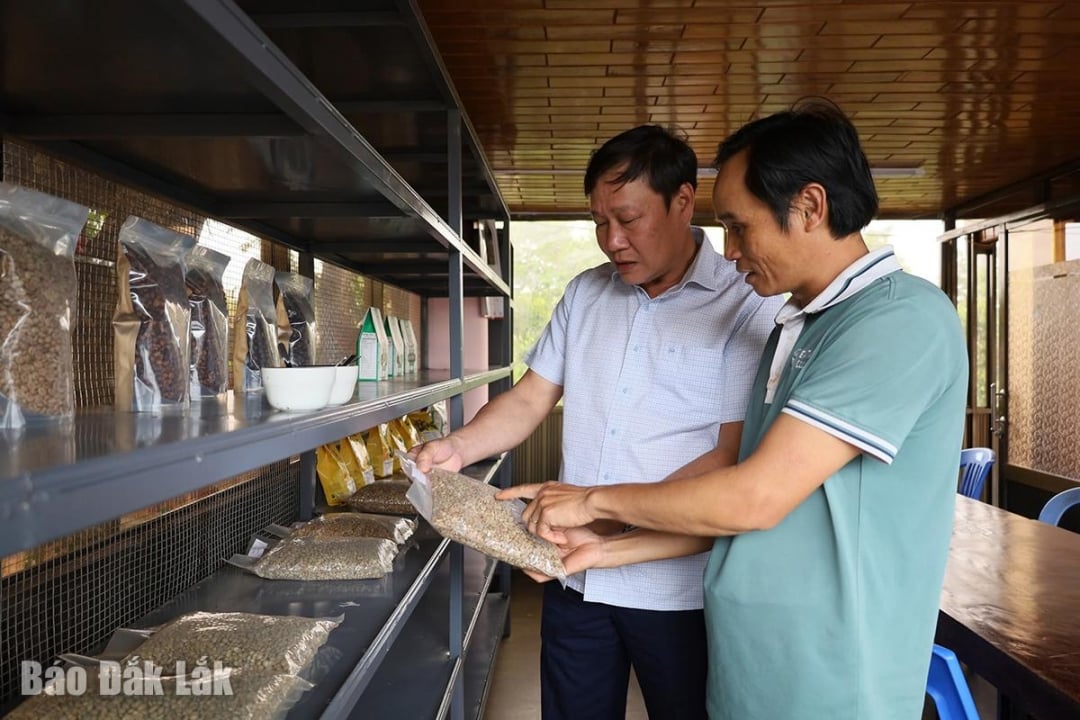






Comment (0)